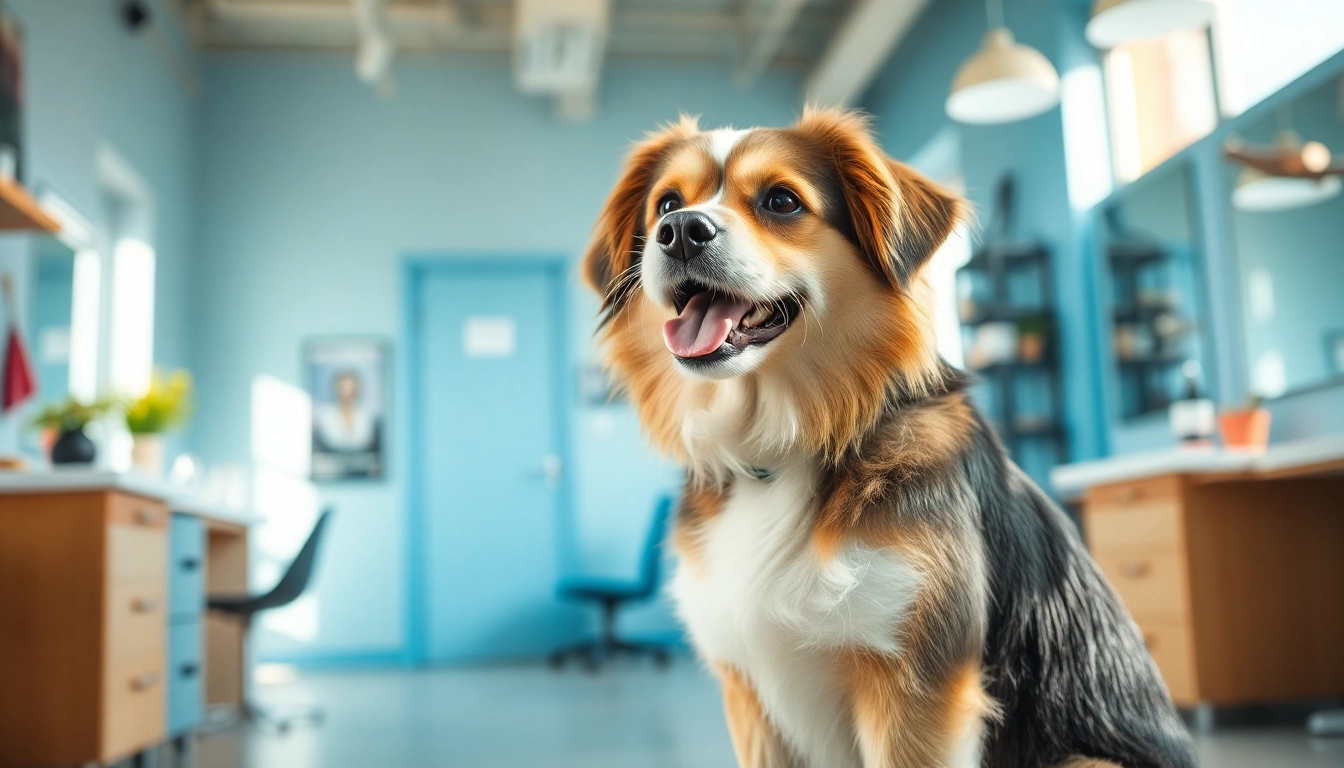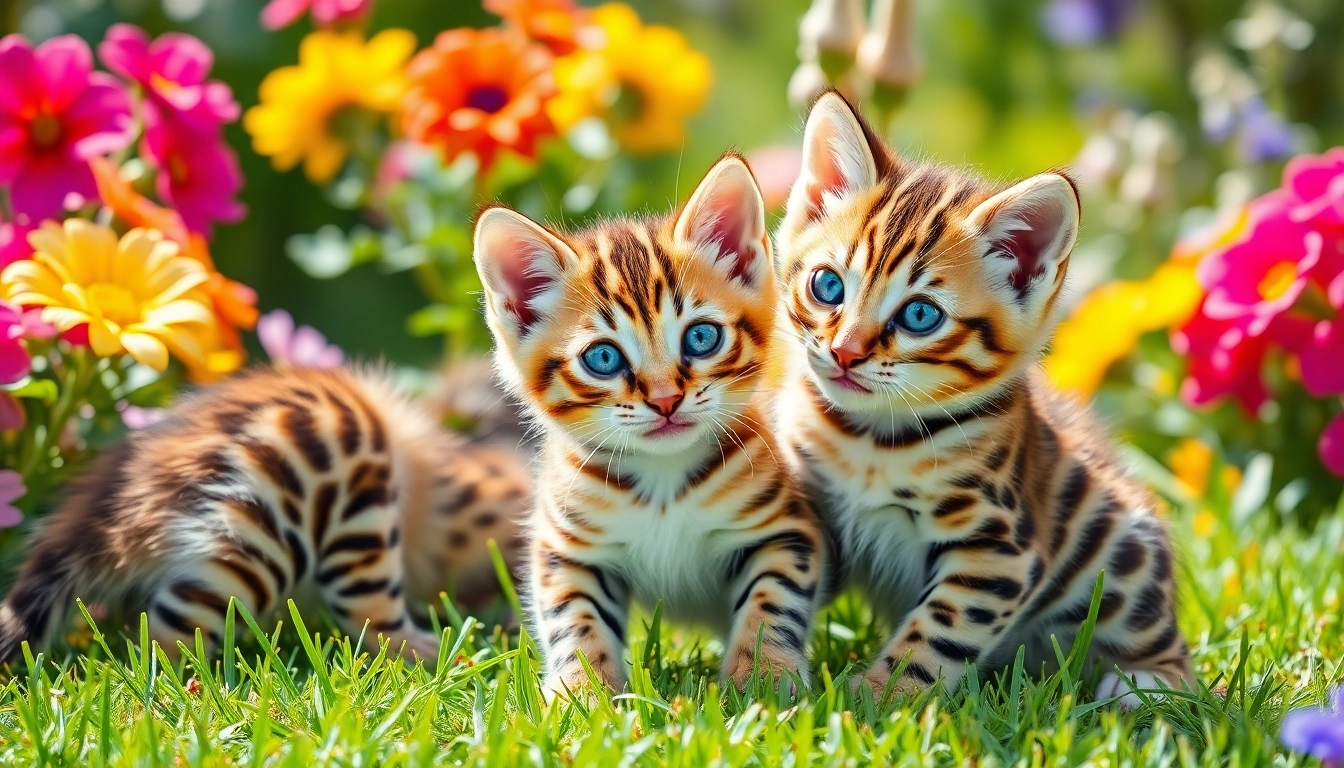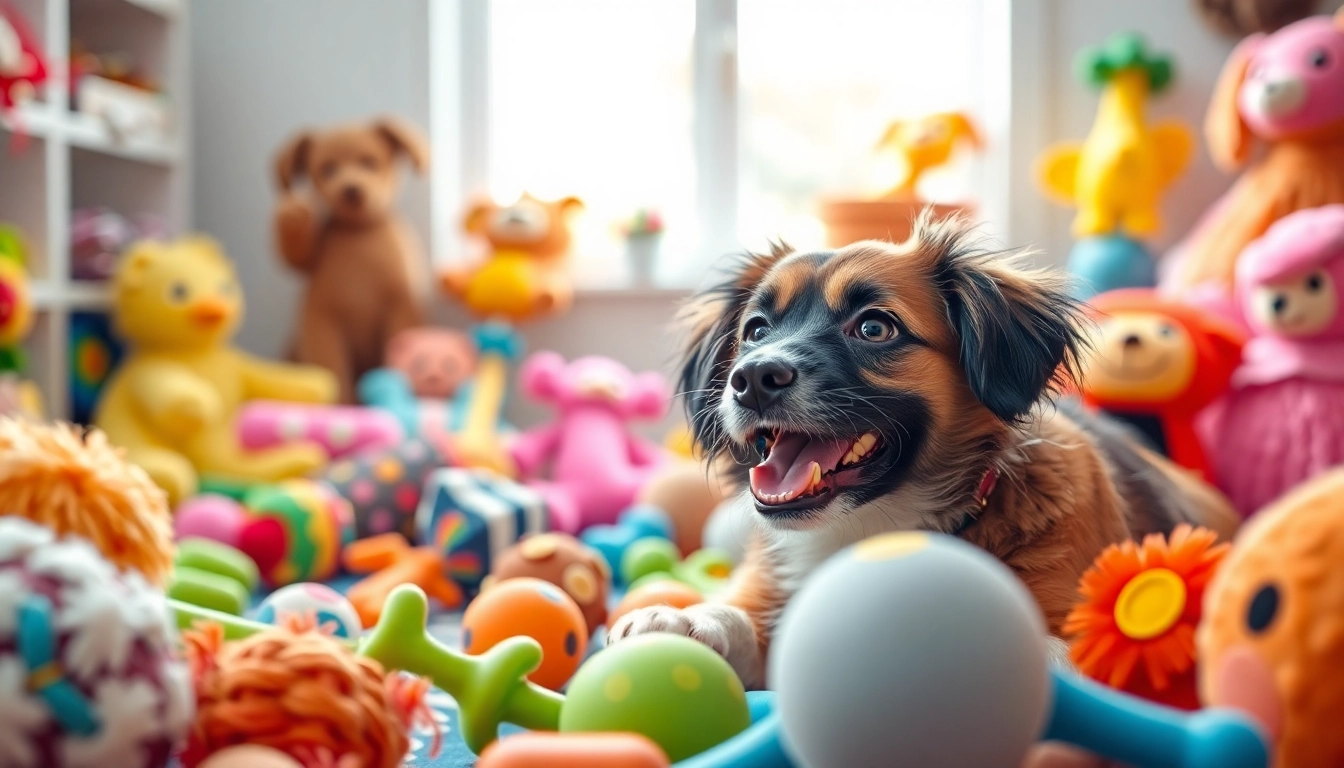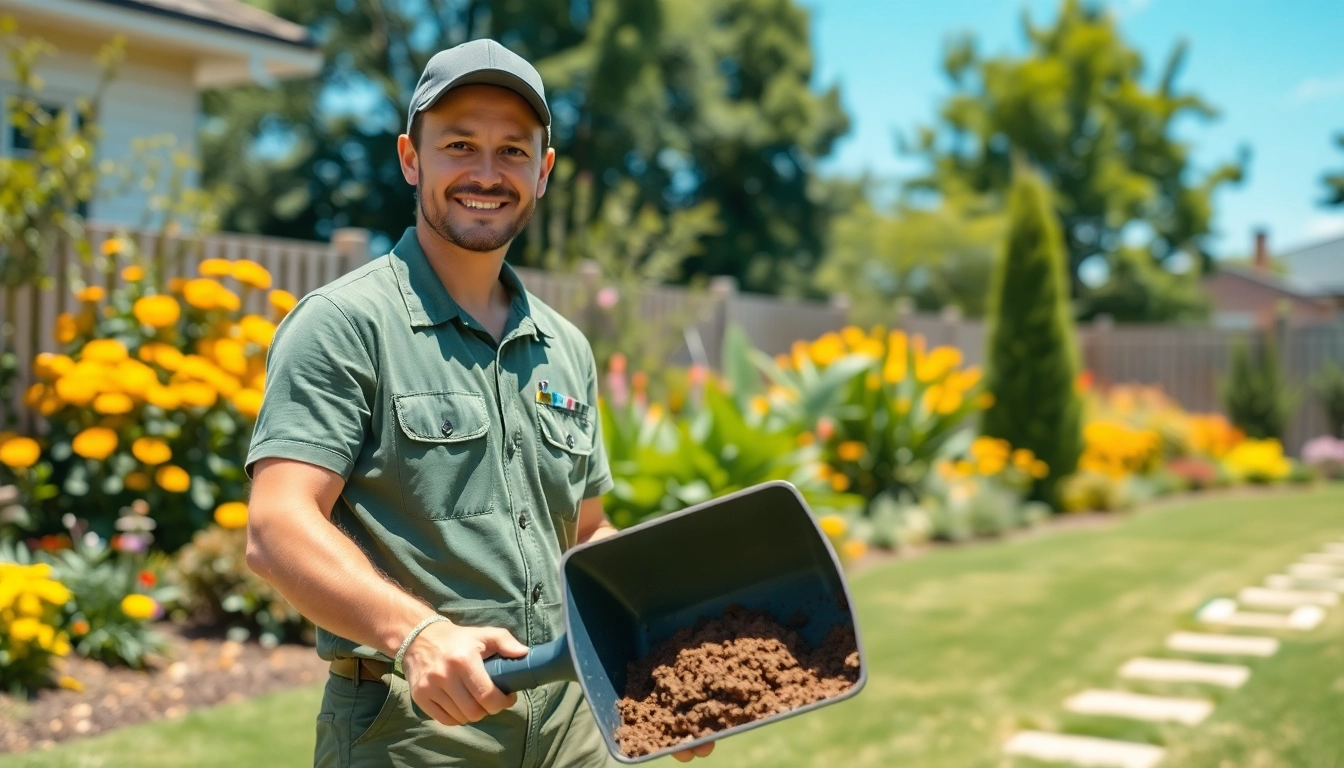Understanding the Role of Dog Hairdressers
What Does a Dog Hairdresser Do?
Dog hairdressers, also known as groomers, perform a variety of tasks to keep your pet looking and feeling its best. While many people may think of grooming as merely haircuts and baths, the responsibilities of a dog hairdresser extend far beyond these basics. Groomers are skilled professionals who understand the specific grooming needs of various breeds and what it takes to maintain the health and well-being of each dog.
Some of the primary tasks that dog hairdressers undertake include:
- Washing and drying the dog’s coat
- Brushing to remove tangled hair and reduce shedding
- Trimming and styling the fur according to breed standards or owner requests
- Trimming nails, cleaning ears, and expressing anal glands
- Providing advice on at-home grooming techniques and fur care products
Many dog hairdressers are certified and are trained not only in grooming techniques but also in animal behavior and first-aid practices. This knowledge allows them to safely manage dogs during grooming appointments, ensuring a stress-free environment for both the pet and the groomer.
The Importance of Regular Grooming
Regular grooming is critical for a dog’s physical health and emotional well-being. Just like human hair requires care, a dog’s coat needs consistent maintenance to prevent matting, skin issues, and discomfort. Here are some reasons why regular grooming visits to a dog hairdresser are essential:
- Health Monitoring: Regular grooming allows hairdressers to check for signs of skin infections, parasites, or other health issues that may be lurking under the fur.
- Skin Conditions: Grooming helps in the removal of dead hair and skin, preventing issues such as hot spots or dermatitis that can be exacerbated by accumulated fur.
- Bonding Time: Grooming sessions provide an excellent opportunity to bond with your dog, further strengthening your relationship through grooming, handling, and positive reinforcement.
- Hygiene: Routine grooming helps maintain overall hygiene, especially for breeds with long fur that can trap dirt, moisture, and odors.
Difference Between Grooming and Hairdressing
While grooming and hairdressing are often used interchangeably in the pet industry, there are subtle differences between the two. Grooming typically refers to a range of services aimed at maintaining the health and cleanliness of the dog, which includes bathing, nail trimming, and ear cleaning. Hairdressing, however, is more focused on styling and cutting the coat to achieve a certain aesthetic. This difference highlights the artistic aspect of dog grooming and showcases the groomer’s skills in enhancing a dog’s natural beauty.
Selecting the Right Dog Hairdresser
Factors to Consider When Choosing
Selecting the right dog hairdresser is crucial for your pet’s grooming experience. There are several factors to consider when searching for a groomer:
- Experience and Certification: Look for groomers who have formal training and certifications. This ensures that they are knowledgeable about different breeds and grooming techniques.
- Salon Atmosphere: A clean, organized, and pet-friendly salon environment is essential for your dog’s comfort. Visit the facility beforehand to see how they handle pets and maintain cleanliness.
- Reviews and Recommendations: Seek feedback from other pet owners. Online reviews can provide insights into the experiences of others and guide you in making an informed decision.
- Specialization: Some groomers specialize in specific breeds or have expertise in particular grooming styles. Ensure that the groomer you choose has experience with your dog’s breed.
Questions to Ask a Potential Groomer
Before making a final choice, it’s important to have a conversation with the groomer. Here are some questions to ask:
- What grooming techniques do you use for my dog’s breed?
- How do you handle anxious or aggressive dogs?
- What products do you use for washing and grooming?
- Can you provide references from previous clients?
- Are you familiar with the specific grooming needs of my dog?
Asking these questions can help alleviate any concerns and provide peace of mind regarding the care your pet will receive.
Red Flags to Watch Out For
When selecting a dog hairdresser, be on the lookout for certain red flags that may indicate a less than ideal environment:
- Unclean grooming areas or lack of sanitation procedures.
- Unqualified or inexperienced staff who cannot provide solid answers to your inquiries.
- High staff turnover rates, which may indicate issues within the business.
- Reluctance to share information or show you around the facility.
Popular Dog Grooming Techniques
Basic Grooming Procedures
Basic grooming includes a variety of procedures that keep a dog’s coat in ideal condition. These procedures encompass:
- Brushing: Regular brushing prevents mats and tangles, which can lead to skin irritation and discomfort.
- Bathing: Bathing helps remove dirt and odor, and is usually done with specialized dog shampoos that suit the dog’s skin type and coat condition.
- Nail Trimming: Keeping nails short is crucial for pet health as overgrown nails can cause pain and mobility issues.
- Ear Cleaning: Regular checks and cleaning of the ears can prevent infections and earwax build-up, particularly in certain breeds.
Specialized Services Offered by Hairdressers
In addition to basic grooming, many dog hairdressers offer specialized services that cater to the unique needs of different breeds:
- De-shedding Treatments: For breeds that shed excessively, de-shedding treatments can help reduce loose fur and manage shedding.
- Hair Coloring and Styling: Some groomers offer creative styling options, such as unique haircuts or even coloring for a trendy look.
- Hand Stripping: This method is appropriate for certain breeds to maintain their coat’s texture and appearance.
- Mobile Grooming Services: For owners looking for convenience, some groomers offer mobile services that bring the salon directly to your doorstep.
At-Home Grooming vs. Professional Services
While many pet owners might consider DIY grooming at home, it often lacks the precision and expertise that a professional groomer can provide. Home grooming may involve the same basic techniques, but understanding breed-specific requirements and behaviors can create a significant difference in outcomes. Below are some pros and cons to think about when debating between at-home grooming and professional services:
At-Home Grooming: Pros and Cons
- Pros: Cost-effective, convenience of doing it whenever you want, and less stressful for some dogs who feel more comfortable at home.
- Cons: Lack of specialized knowledge may lead to mistakes, potential aggression from the dog during grooming, and not having access to high-quality grooming tools.
Professional Grooming: Pros and Cons
- Pros: Access to trained professionals, proper tools and products, knowledge of dog behavior, and a stress-free environment for your pet.
- Cons: Can be more expensive, especially if done frequently; some dogs may take time to adjust to a new groomer.
Cost of Dog Grooming Services
Average Pricing for Hairdressing Services
The cost of grooming services can vary significantly based on several factors, including the dog’s size, coat type, and the specific services provided. On average, here are some price ranges you might expect:
- Basic bath and grooming: $30 – $90
- Nail trimming: $10 – $20
- Full-service grooming: $50 – $100
- Specialized services (de-shedding, hand-stripping): $75 – $150
It’s essential to get quotes and clarify what services are included in the grooming package to avoid surprises.
Factors Influencing Grooming Costs
Several factors can influence the final price of grooming services:
- Dog Size: Larger breeds typically require more products and time, leading to higher costs.
- Coat Type: Dogs with long, thick, or curly hair often require more extensive grooming, which can increase fees.
- Location: Urban centers or more affluent areas often see higher grooming prices due to increased demand and cost of living.
- Experience of Groomer: More experienced and specialized groomers may charge higher rates for their expertise.
How to Budget for Your Dog’s Grooming Needs
Budgeting for grooming services is essential for maintaining your pet’s appearance and health. Here are some tips on effectively budgeting for dog grooming:
- Assess your dog’s grooming needs based on their breed type and shedding patterns.
- Schedule regular grooming appointments to avoid significant buildup of grooming needs, which can be more costly.
- Consider investing in at-home grooming tools for routine maintenance between professional grooming sessions.
- Look for package deals or grooming subscriptions offered by local groomers to save money over the long term.
Future Trends in Dog Grooming
Emerging Styles in Dog Hairdressing
As pet owners continue to seek innovative ways to style their dogs, trends in dog hairdressing are evolving. Some emerging styles include:
- Breed-Specific Styles: Many groomers are focusing on maintaining breed standards while incorporating modern touches.
- Color and Art Styles: Grooming with pet-safe dyes has become popular, with creative color patterns gaining traction among dog shows and social media.
- Functional Styles: Styles that emphasize comfort and ease of maintenance are becoming sought after, especially for active breeds.
Technological Advances in Grooming Tools
Technology is enhancing the grooming experience for both pets and groomers. Innovations include:
- High-Tech Grooming Tools: Grooming tools equipped with technology to monitor a dog’s comfort, such as vibrating clippers and specialized brushes that collect loose hair.
- Mobile Apps: Many groomers now use apps for booking appointments, reminders, and managing client preferences.
- Virtual Grooming Consultations: Especially in response to the pandemic, some groomers offer virtual consultations to guide pet owners through at-home grooming techniques.
The Rise of Eco-Friendly Grooming Products
The growing trend towards sustainability has affected the pet grooming industry as well. More groomers are opting for eco-friendly products that minimize environmental impact:
- Natural Shampoos and Conditioners: Many groomers are using products that are free from harsh chemicals and rely on natural ingredients.
- Recyclable Packaging: Grooming products are being packaged in eco-friendly materials that reduce waste.
- Green Grooming Salons: Some salons are adopting practices that focus on sustainability, such as water conservation techniques and energy-efficient appliances.



